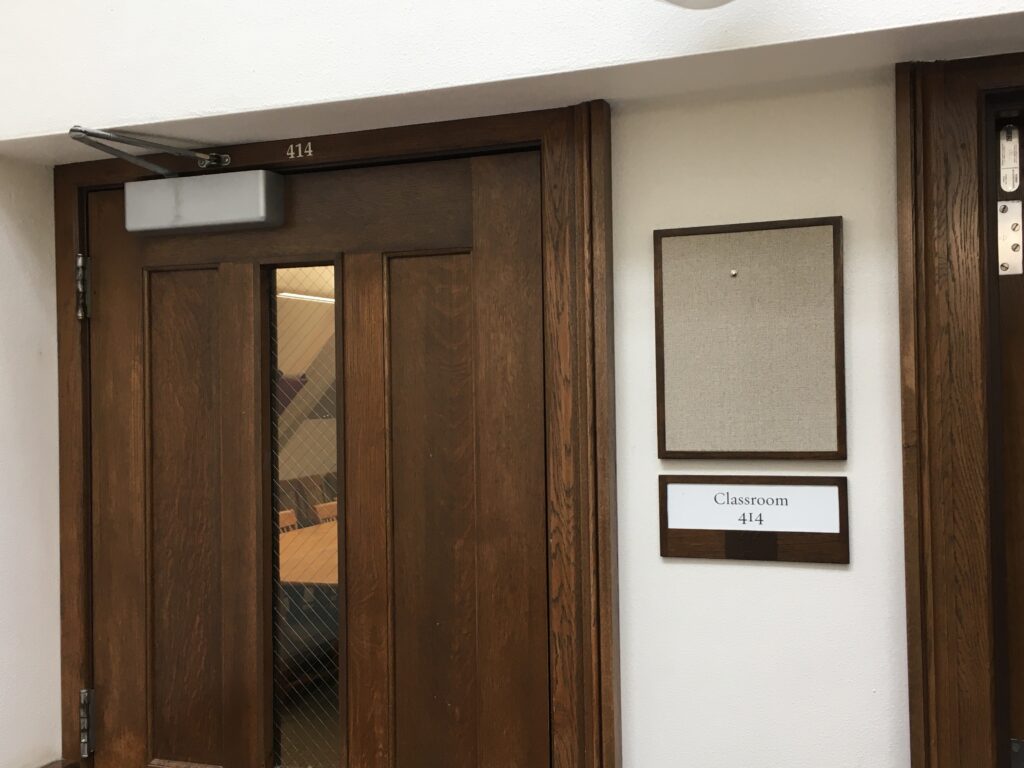Our meeting dates and rooms are always listed on Our Schedule. This post is intended to call attention to some upcoming (and temporary) changes. Briefly,
- Dec 3, 10, 17 – We will meet in our usual place (Eliot chapel) at our usual time (silent period 12:10-12:40, drop-in as it suits you).
- Dec 24, 31 – No meditation sessions (this applies to both in-person and online Zoom)
- Jan 7, 14, 21 – Room change: At this time, it appears that the Chapel will NOT be available to us because of maintenance work that is planned for the Chapel. Our current plan is to meet at our usual time upstairs in Eliot 414 instead (when you get to the top floor, go to the east end of the hallway near the traffic circle). Reminder: ALL floors of Eliot can be accessed by stairs and by elevator. Possible LAST MINUTE location changes: I have been informed by the people who are in charge of the Chapel maintenance work that it is “posssible” that the Chapel will be available to us on one or more of these dates in January so keep an eye open for last-minute email announcements. Online Zoom sessions will not be impacted by any room changes.
- Jan 28 – We will return to our usual pattern, meeting in-person in the Chapel and online using Zoom.


